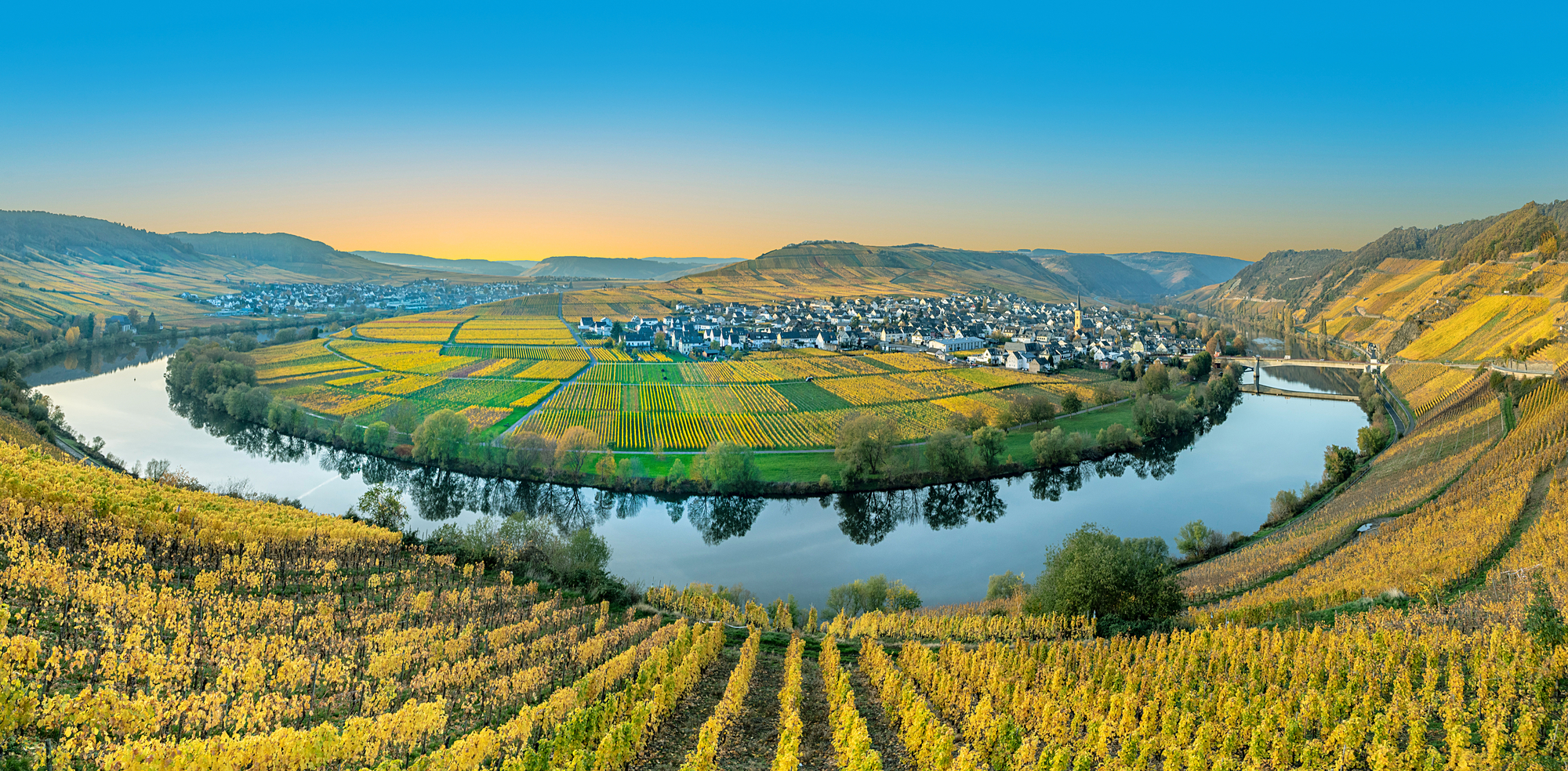“German Riesling diversity – a question of terroir”
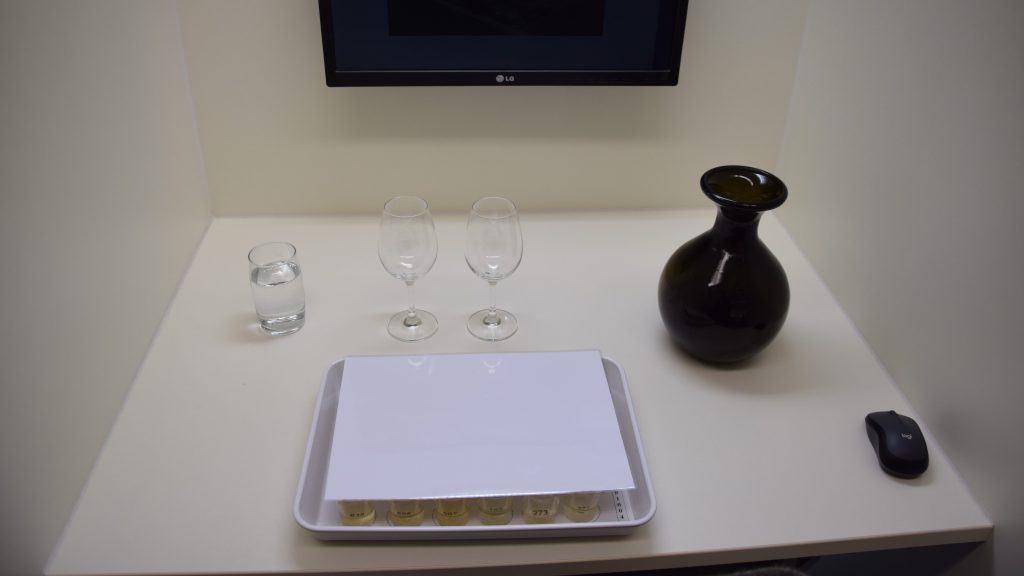
Under the motto “German Riesling diversity – a question of terroir”, around 20 participants from the wine industry came together for the second time on November 12, 2022 at the DLR wine campus in Neustadt an der Weinstraße to taste German Rieslings as part of our “PINOT” research project.
While our first tasting event in the middle of the year focused on the most important wine types from around the world and their characteristics, this time we concentrated on Riesling. Riesling is the grape variety for which we are known worldwide in Germany, but which can be so different because of the terroir. Terroir literally means soil, region or even land. But terroir stands for the entire natural environment in which wine grows: the soil, the climate, the topography and the weather. But also the influence of the wine makers. The styles of cultivation on the different soils, and also in the wine cellar, also have considerable impact on how a wine later smells and tastes.
Red sandstone, slate, loess or shell limestone – how differently does the soil composition affect the aroma and taste of Riesling? And how strongly does the influence of information about the growing region or the terroir of the wine make itself felt in the evaluation? We wanted to investigate these exciting questions. At this tasting event, we focused on the most important wine-growing regions in Germany: Mosel, Pfalz, Rheingau and Rheinhessen.
After a short introduction by our consortium leader Prof. Dr. Durner and an input by the AI expert of the project partner Genie Enterprise, Thomas Keßler, the participants were asked to blind taste the first setup in the sensory room of the wine campus.
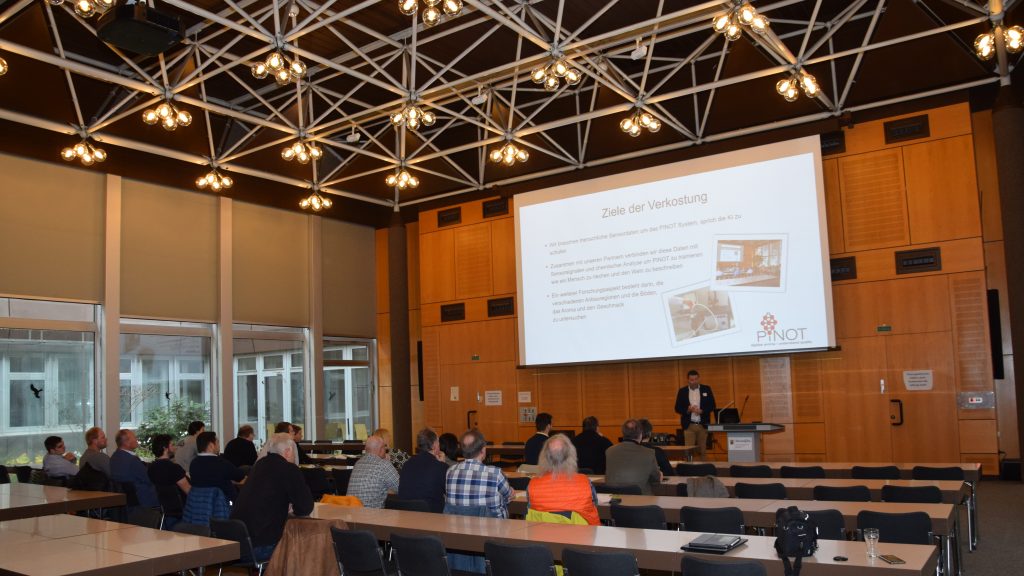
They had to classify the 30 randomized Rieslings according to aroma and taste. By means of a sensory analysis software, the smell was evaluated in scales with typical Riesling aromas such as citrus, peach, apple or the Petrolton, shortly TDN, so characteristic for the Mosel, the taste in scales for body, alcohol, sweetness or also acidity.
Afterwards, the tasters were also asked to give a short description of the wine in their own words, as this data will also be important for our research project later on.
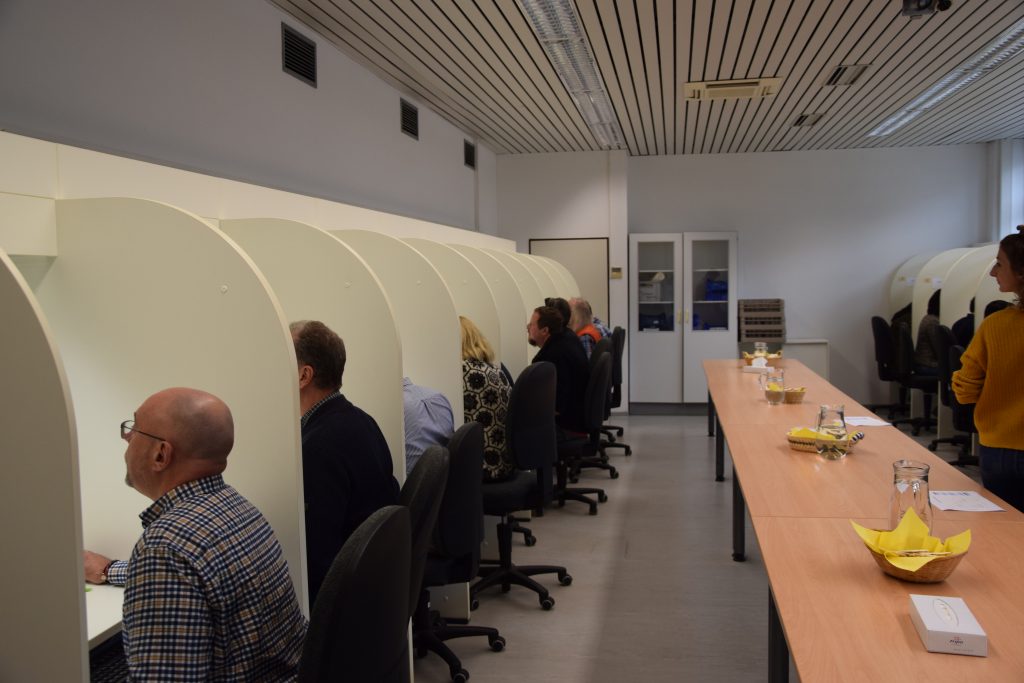
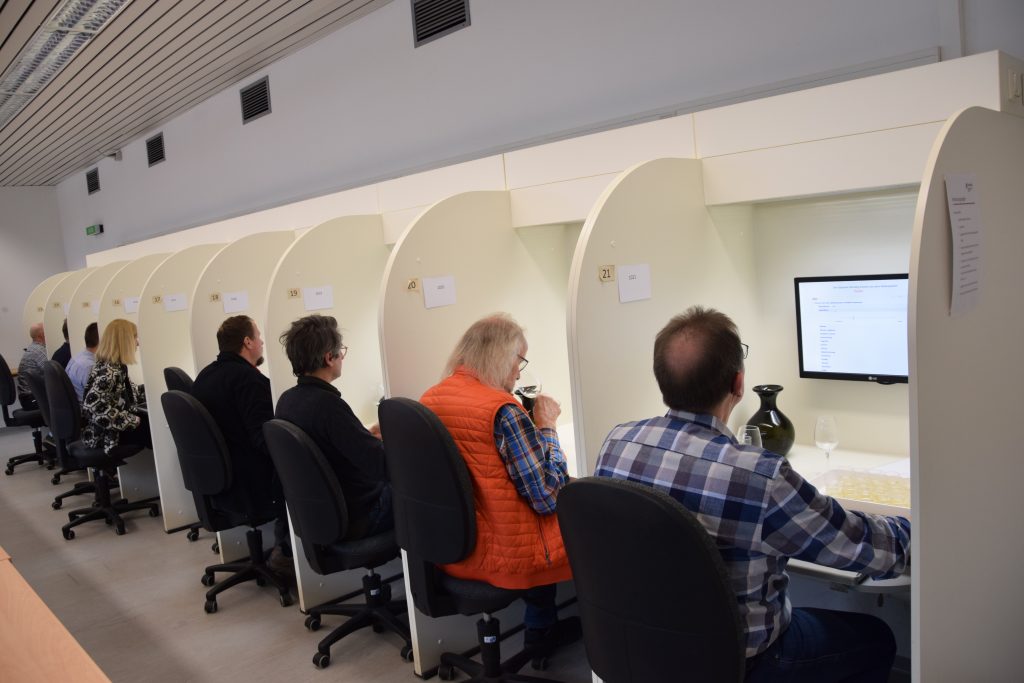
After a short lunch break, the second round was tasted. Once again, all the wines, randomized, came into play. This time, however, we revealed the growing region as information.
Following this session, there was another short break, which all participants used actively for exchange over coffee, water and snacks.
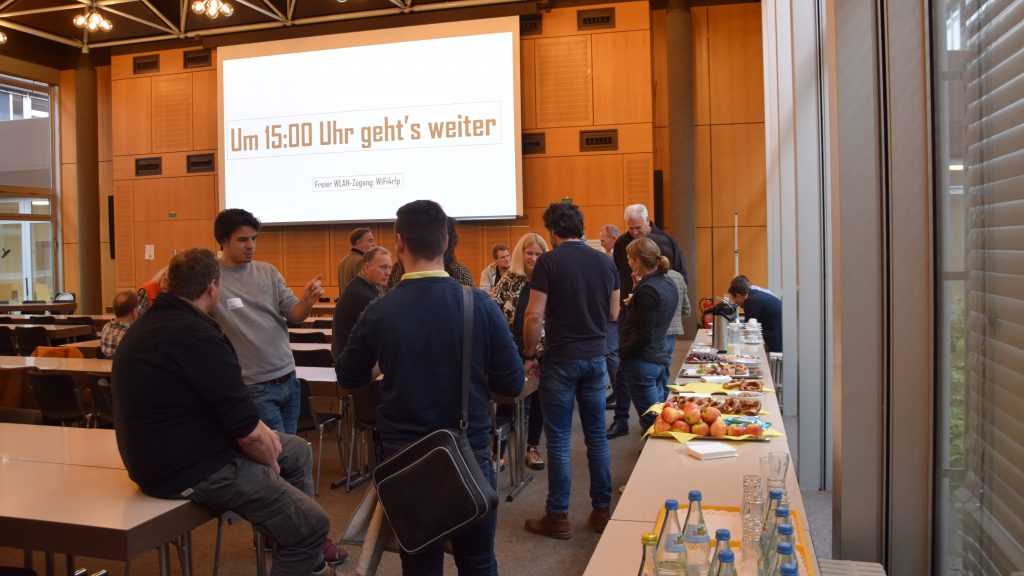
In the third and final part, 28 Rieslings were tasted again, this time indicating the soil type.
The focus of attention is now on the data from the evaluation of the first session, in which tastings were made without prior knowledge and information. These will be forwarded to Fraunhofer IIS and Genie Enterprise as reference measurements for our project.
Many thanks to the organization by the Weincampus and also to the camera team of Sat1, which accompanied us on this day to report about our research project.
